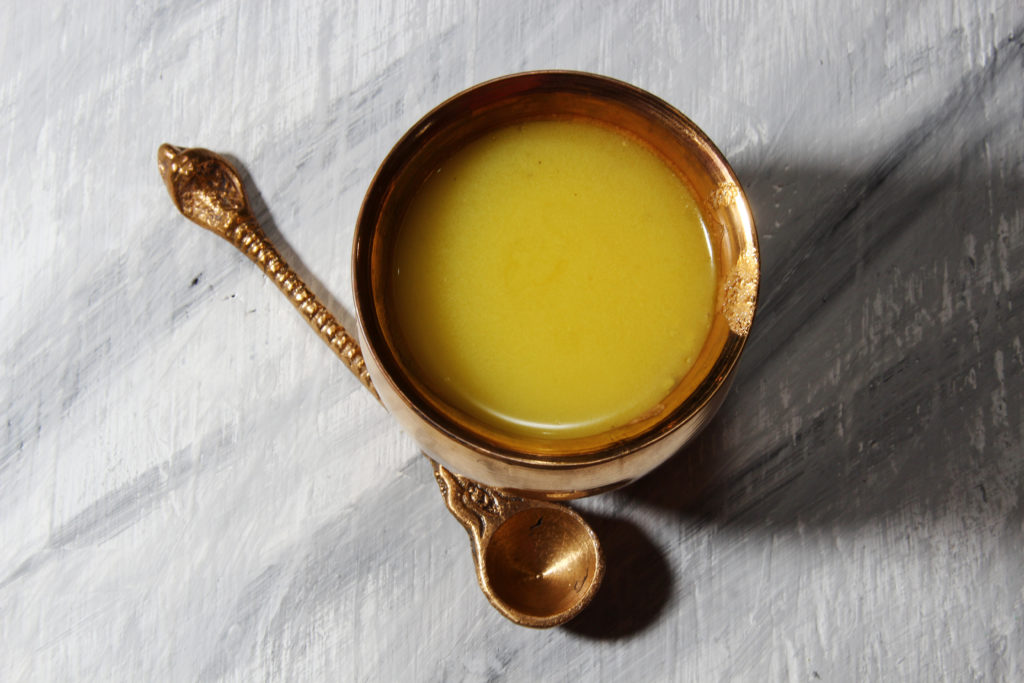
Ghee is a style of clarified butter used in Indian cuisine. In Western clarified butter, you melt the unsalted butter, skim off the milk proteins which rise to the top as foam, and then ladle off the butter being careful to leave behind the water that has settled to the bottom.
Ghee is less wasteful and gives a wonderful subtle nuttiness to the butter when the milk proteins are browned during the process. The addition of tea leaves during this step can add further depth to the flavors and perhaps this would then be Ghea?
Tea Market
Get More Value from Your Tea: BRU Maker One
+41794574278
Jacque's Organics
(647) 804-7263
A most interesting article, but infusing tea into ghee seems to be an elusive endeavor.
while the ghee has a wonderful flavour the addition of tea seems to add nothing to the final product. My efforts to steep tea with ghee have had no success.
Thank you so much for reaching out Marlborough. I have found that the greater the surface area (the smaller the leaf or leaf particle) the better. You will not find that the ghee tastes distinctly like tea as much as there is an alteration in the flavor profile from the traditional ghee. The Assam you used hopefully gave added nuttiness and more depth of flavor to the resulting ghee.
Actually tried this with a nice Assam. the leaves are a nice compliment but the steeped flavor is absent
The Assam did, in fact, enhance the flavor of the dish (chicken because it tolerates) , much to my delight. I am not sure that the essentials of the tea conjoined with the ghee but rather created a complex melody much as sumac counterpoints so much of Middle Eastern cooking.
Best article from my foodie perspective. A sprinkle of tea in my homemade hummus is fantastic. let it sit and absorb the moisture. overnight seems to work best. Softer teas and any green tea are best.
Thanks for the inspiration.